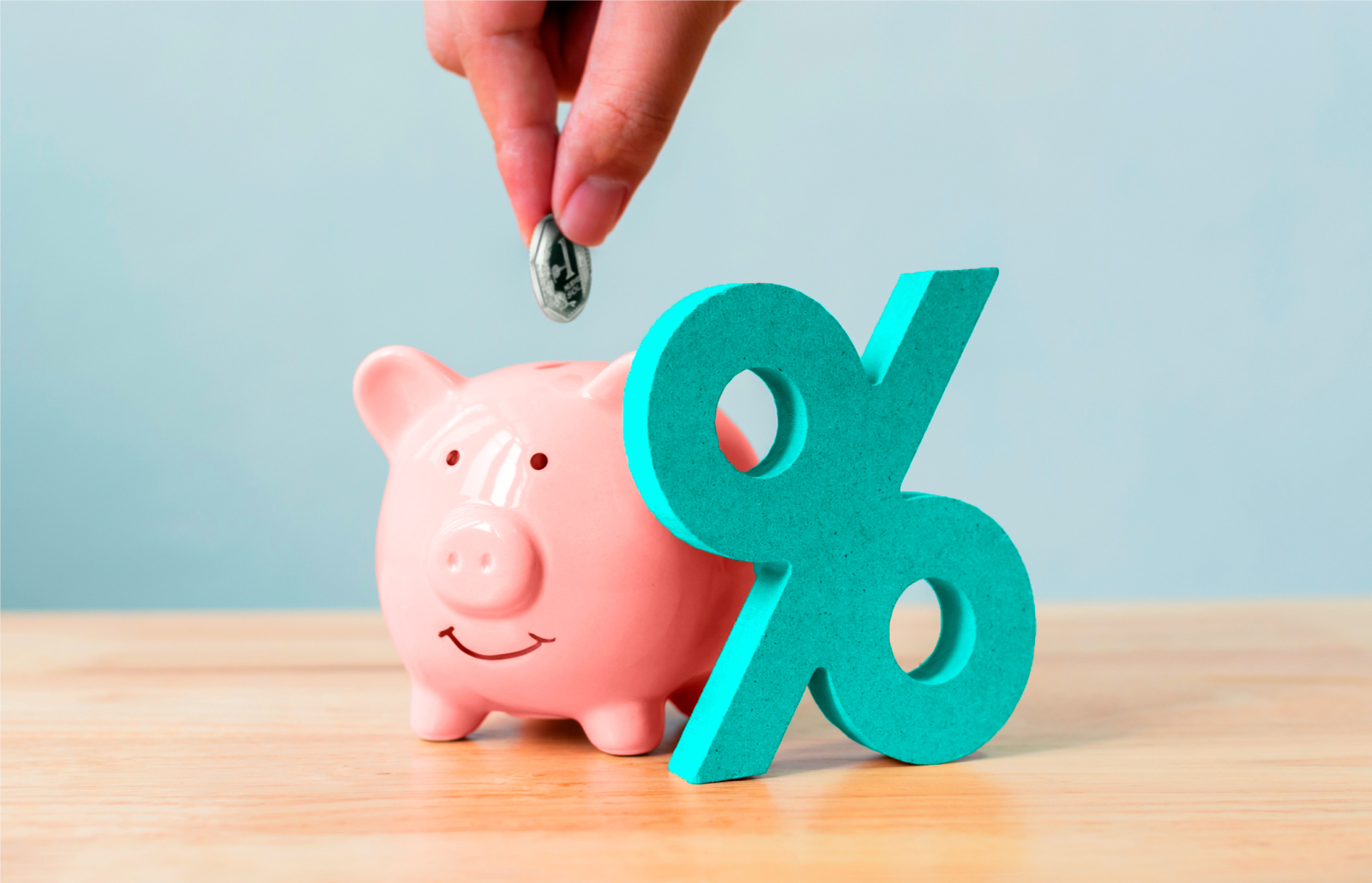Is a jar of pasta sauce a vegetable? That seems like a strange question, but Prime Minister Rutte wondered that aloud in the Senate last Tuesday.
In order to implement the intended VAT reduction on fruit and vegetables to zero percent, it must be determined which products fall into that category. And that is not so easy.
Processed products
Because everyone will quickly agree on a head of lettuce or a banana. But all kinds of juices, salads, sauces and other processed products are also technically vegetables or fruit, says Guido Camps, nutrition researcher at the University of Wageningen. As far as he is concerned, this does not mean that the zero rate should apply to all those products. “It is sensible that we say: it takes a while before we have figured out exactly how to do that.”
The pasta sauce quoted by Rutte is a good example: it is often packed with vegetables such as onions and tomatoes. “But it often also contains sugar or oil, so then it probably falls outside this regulation anyway. And besides: if you boil it down very far, as with tomato puree, it suddenly becomes 16 percent sugar.”
Is meal salad a vegetable? And is fruit juice fruit? Students of Nutrition and Health at Wageningen University differ on this:
–
‘It really has to be about pure vegetables’
– –
Should only fresh products fall under this scheme? “That is possible, but we cannot consume certain products fresh at all,” says Camps. “Like beans: they have been dried, then have to swell and are therefore much easier to consume from a jar. We do want people to eat legumes, so they should be included in my opinion.”
Moreover, not all fresh fruit is equally healthy. For example, 100 grams of dried cranberries contain almost 65 grams of sugar, more than four times as much as in the same amount of banana. You shouldn’t want to encourage that either, says Camps.
In the near future, State Secretary Marnix van Rij of Finance and Maarten van Ooijen of Public Health will consider which products are fruit and vegetables under the law and should therefore fall under the new rate.
EU rules
Lowering the VAT on fruit and vegetables to 0 percent is a plan from the coalition agreement of the current cabinet. Last year, the Ministry of Health, Welfare and Sport indicated that such a rate was contrary to European rules, because a minimum percentage of 5% VAT applies to healthy products in the EU.
And that rate would cause problems for the tax authorities, because the ICT systems are not designed for it. But in March the European Parliament will vote on a plan in which EU countries may levy 0 percent VAT on healthy products, such as fruit and vegetables.
If Parliament agrees to this, the plan from the coalition agreement can therefore still be implemented. And then it is no problem for the tax authorities: they can convert the VAT rate on fruit and vegetables to 0 percent within “a few days”.
–


